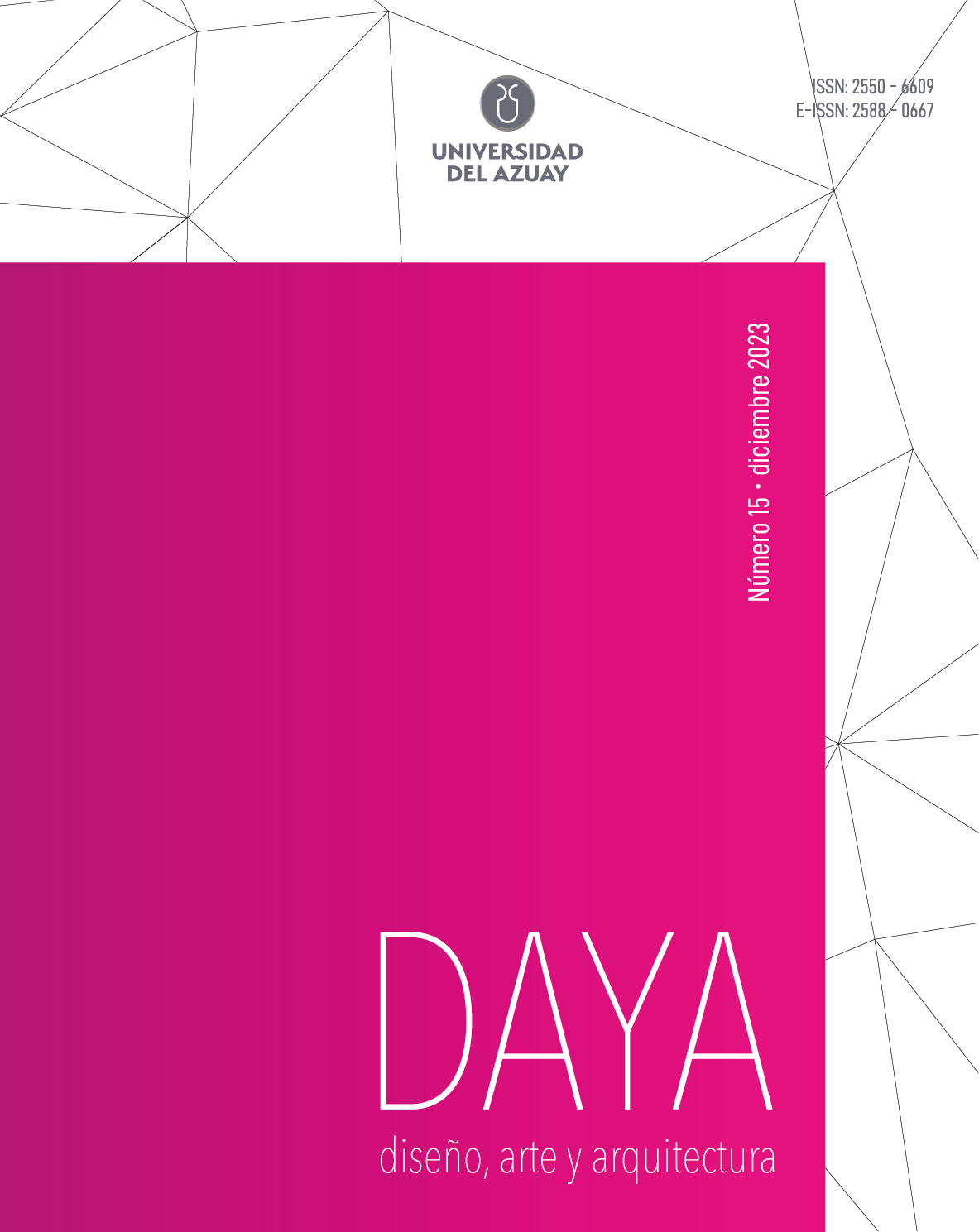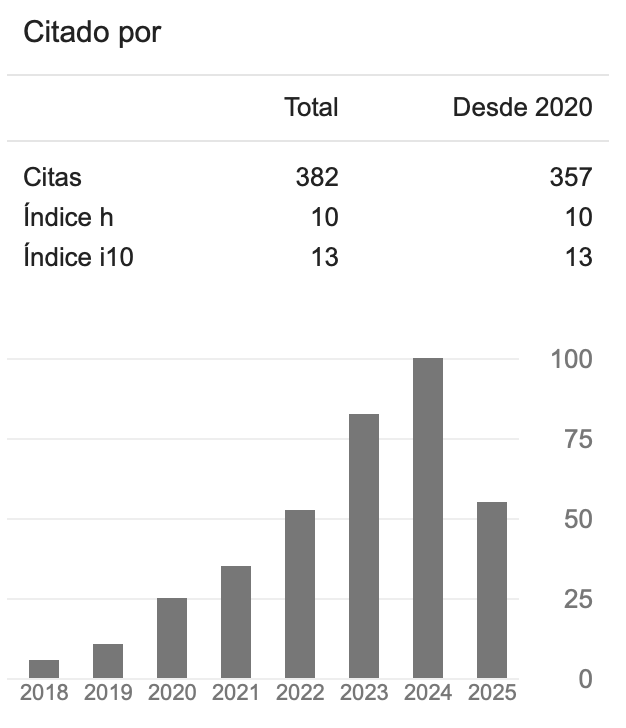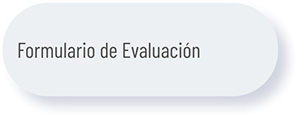ARQUITECTURA Y MODERNIDAD EN EL CAMPUS DE LA PONTIFICIA UNIVERSIDAD CATÓLICA DEL ECUADOR. 1957 - 1999
DOI:
https://doi.org/10.33324/daya.vi15.712Keywords:
Arquitectura moderna, campus universitarios, Quito, Pontificia Universidad Católica del Ecuador, educaciónAbstract
El artículo expone la morfología de los edificios del campus de la Pontificia Universidad Católica del Ecuador (PUCE). Las circunstancias iniciales de la construcción tienen relación con el cambio que experimentó Quito entre 1930 y 1960 en el orden urbano, arquitectónico y tecnológico, que permitieron entender la ciudad de manera diferente. En un contexto de menor escala, la arquitectura de la universidad también cambió, no solo por el traslado de la sede hacia la zona de expansión, sino los planes de estudio y la adopción de una arquitectura como representación de un momento histórico diferente. Este artículo tiene por objeto situar los momentos que marcaron hitos en su crecimiento. En este recorrido, destacan los nombres de importantes arquitectos de la década del cincuenta y sesenta como Sixto Durán Ballén, Virgilio Flores, Eduardo Gortaire, y más tarde, Fernando Calle. El artículo concluye que el campus fue construido por etapas, en un recorrido que va desde la arquitectura funcionalista y moderna hasta el reciclaje, la rehabilitación, nuevos materiales y técnicas, que marcan el inicio de una nueva etapa.
Palabras clave: Arquitectura moderna, campus universitarios, Quito, Pontificia Universidad Católica del Ecuador, educación.
Abstract
The article discusses the morphology of buildings on the Pontificia Universidad Católica (PUCE) campus. The initial circumstances of the campus construction are related to Quito's changes between 1930 and 1960 in the urban, architectural, and technological order, which allowed the city to be understood differently. In a smaller-scale context, the university's architecture also changed, not only because of the transfer of the headquarters to the expansion area but also because of the curricula and the adoption of an architecture that represented a different historical moment. This article aims to situate the moments that marked milestones
in its growth. In this journey, essential architects of the fifties and sixties, such as Sixto Durán Ballén, Virgilio Flores, Eduardo Gortaire, and later, Fernando Calle. The article concludes that the campus was built in various stages, from functionalist and modern architecture to recycling, rehabilitation, new materials, and techniques, which mark the beginning of a new phase.
Keywords: Modern architecture, university campus, Quito, Pontificia Universidad Católica del Ecuador, education.
Downloads
Published
How to Cite
Issue
Section
License

This work is licensed under a Creative Commons Attribution-NonCommercial-ShareAlike 4.0 International License.






